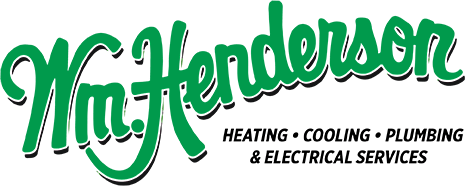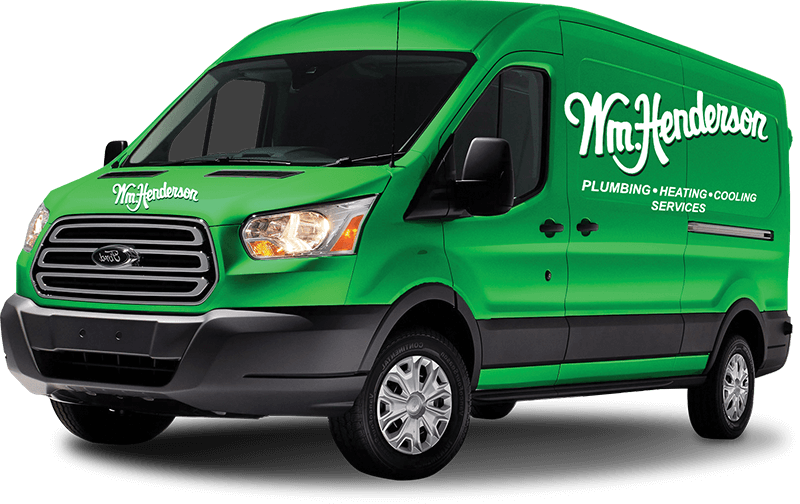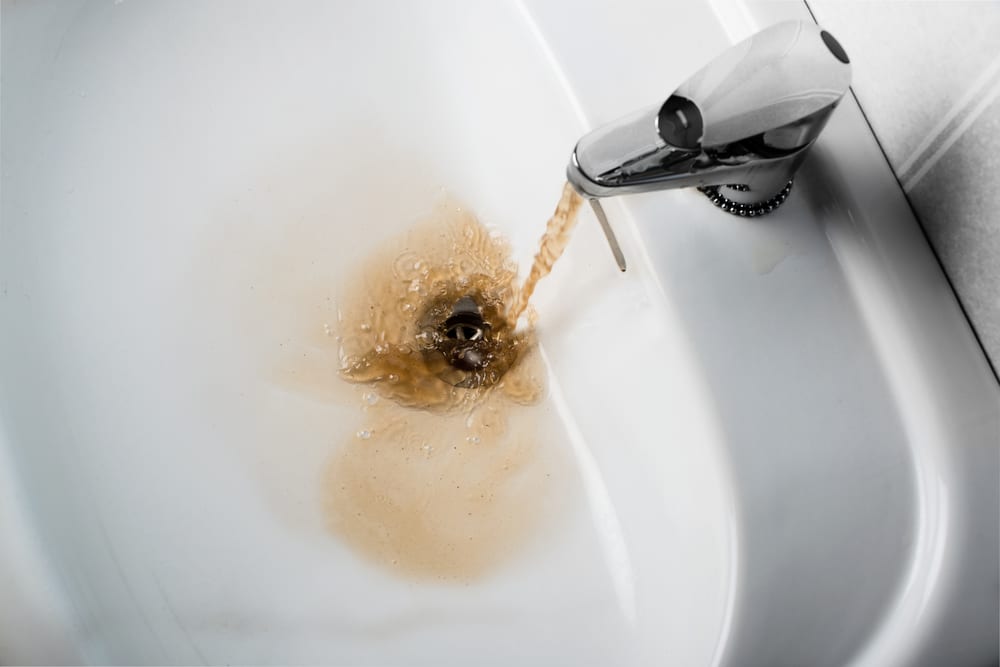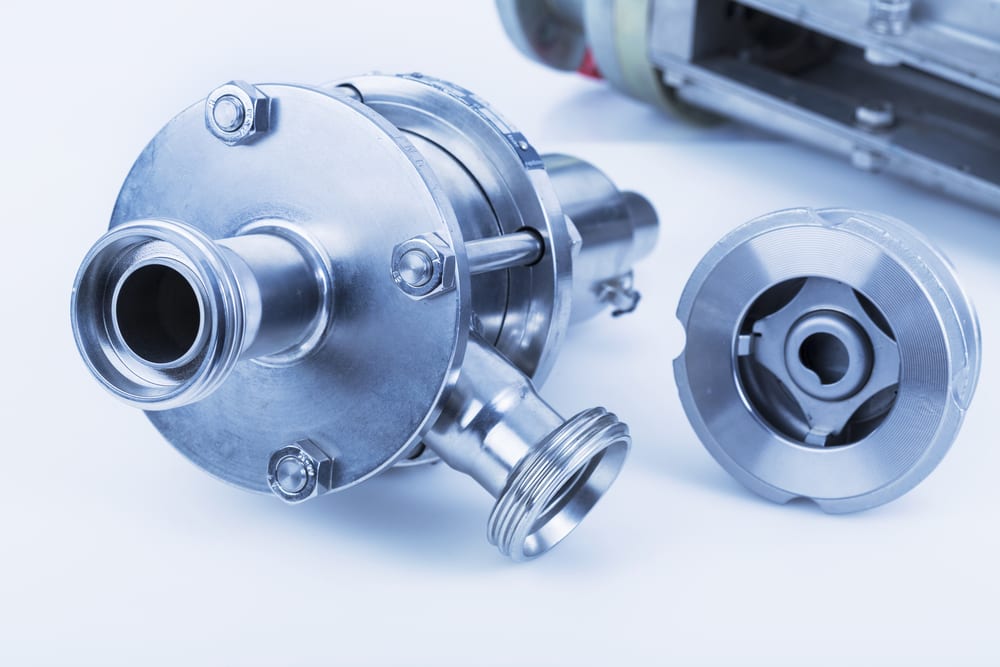
Backflow preventer valves are usually installed in apartments, condominium units, and commercial facilities to prevent water contamination. In addition, a backflow valve can be installed in a single family house to preserve the sanitary drinking water. Although a large number of homes do not require a backflow preventer, you will need to install a valve if you have a sprinkler system or an outdoor pool.
Sprinkler systems can cause water pressure fluctuations in the pipes behind your walls or ceiling. To prevent water contamination and health issues such as nausea, we have compiled a list of 3 types of backflow preventer valves and signs of problems. Do not assume that the water from your sink is safe to consume or use. It’s important to become familiar with the negative consequences of contaminated water to and benefits of backflow valves.
What is a Backflow?
The water you receive in your home is delivered by a main water supply line that is connected to the water pipes on your property. The sanitary water is distributed through your pipes in a single direction to each fixture in your kitchen and bathroom. The movement of water in the pipes beneath the ground or behind your walls is caused by water pressure.
However, it is not abnormal for the water pressure in the main water pipes to change due to issues such as a burst pipe or a broken fire hydrant. Unfortunately, a small decrease in water pressure can cause the potable water in your pipes to flow in a reverse direction. Once the clean water flows in a backward direction, it can become contaminated by local sewage systems. When the water in a local main water supply pipe starts to flow backwards, this issue is referred to as a backflow in the plumbing system.
How Does a Backflow Preventer Valve Operate?
A backflow preventer valve is designed to prevent the water in your main water supply lines from flowing in a reverse direction. The valve will distribute the sanitary water from the main supply pipes to the water lines beneath your foundation.
Before a backflow prevention device is installed on a residential property, it needs to be tested and approved by an independent organization such as UL (Underwriters Laboratory), American Society of Sanitary Engineer (ASSE), or American Society of Mechanical Engineers (ASME). Depending on the problem you’re trying to solve, there are different types of backflow preventer valves that can be configured on a property.
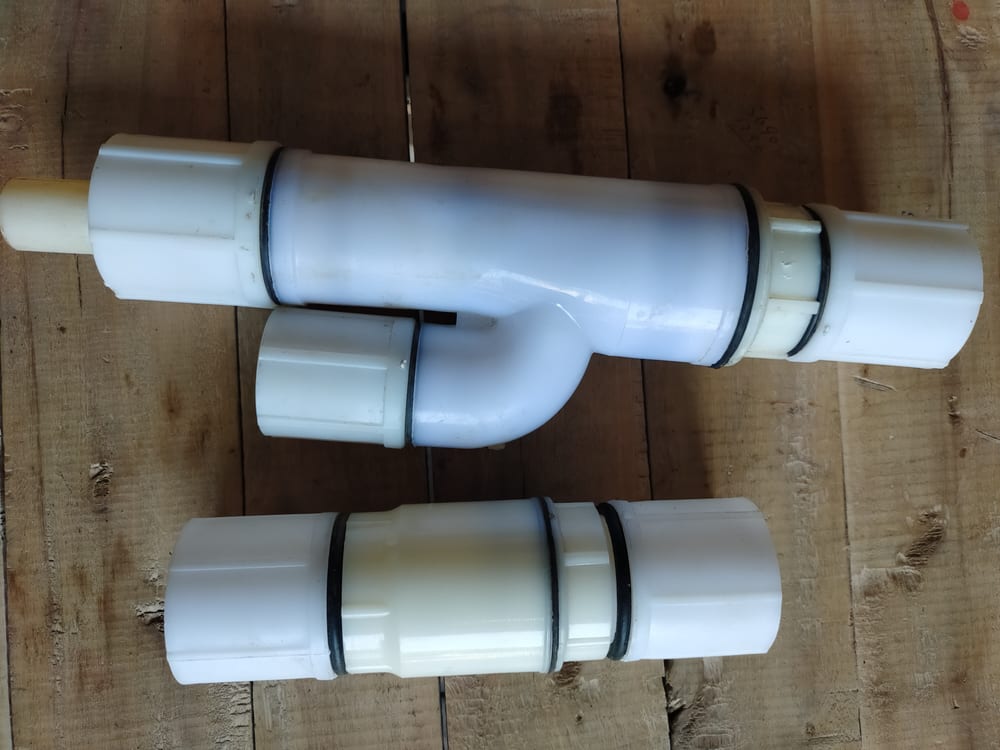 Types of Backflow Prevention Devices
Types of Backflow Prevention Devices
Double Check Valves
Double check valves are engineered to keep toxic chemicals out of the sanitary water in your pipes. It is equipped with two check valves that are designed to close to eliminate the negative consequences of a drastic change in water pressure. In addition, the second check valve can be utilized when the other valve is stuck open.
The two check valves in a double check assembly device may be connected with ball valves for troubleshooting and confinement. This type of backflow preventer valve can be integrated with test cocks that allow technicians to connect test equipment to confirm whether the double check valve is operating. Double check valves are usually utilized to prevent water contamination in fire, lawn, and boiler systems.
Reduced Pressure Zones
Reduced pressure zones are similar to double check backflow prevention devices because they are equipped with two check valves. However, reduced pressure zones feature a relief valve that is engineered to open and release contaminated water. If water is being flushed from the pipes by the relief valve, this is a sign of damage to the main water supply pipes or check valves.
Once the reduced pressure zones are fixed by a licensed technician, the valve will stop draining water. Reduced pressure backflow preventer valves are popular in cities and suburbs because they can stop contaminants such as pesticides, fertilizers, and toxic chemicals from entering the sanitary water.
Pressure Vacuum Breakers
Pressure vacuum breakers are engineered to be connected to lawn systems. A pressure vacuum backflow preventer valve is easy to configure and remove on small or large properties. This type of valve can be installed next to an outdoor wall or inside of a recessed box below the ground.
A pressure vacuum breaker is designed to prevent the dirty water in sprinkler systems from entering your sanitary water. If you’re struggling to find your pressure vacuum backflow preventer on the exterior of your house, perform an inspection of your basement. The pressure vacuum breaker may be installed in your basement or a utility closet.
Signs Of a Broken Backflow Valve
Discolored Water
If the water from your sink or shower is discolored or cloudy, this is an indicator of a broken backflow valve in your pipes. Although it may be tempting to ignore the yellow or brown water, it’s important to call a licensed plumber to avoid health issues. The consumption of dirty water can cause symptoms such as nausea, diarrhea, gastrointestinal issues, stomach aches, or dehydration.
Water Leaks
Once a backflow preventer valve reaches the middle of its life cycle, it is not abnormal for a leak to form. The source of a water leak can be dirt, thermal expansion, or a change in water pressure. If a large amount of water is being released by the backflow valve, this is a sign of damage. To prevent water damage and flooding issues, it’s important to call a certified plumber to inspect and replace the valve. Even a small leak can cause negative consequences such as mold, water damage, and odors.
Slow Drainage
If the water level in your bathtub is rising when you have the sink on, this is a sign of a defective backflow preventer valve. Once the backflow valve in a pipe is broken, water will become trapped and it will not circulate correctly. This issue will cause water backups that may push through other fixtures, drains, and sinks in your house. In addition, an ineffective valve can cause slow drainage in your kitchen or bathroom sinks.
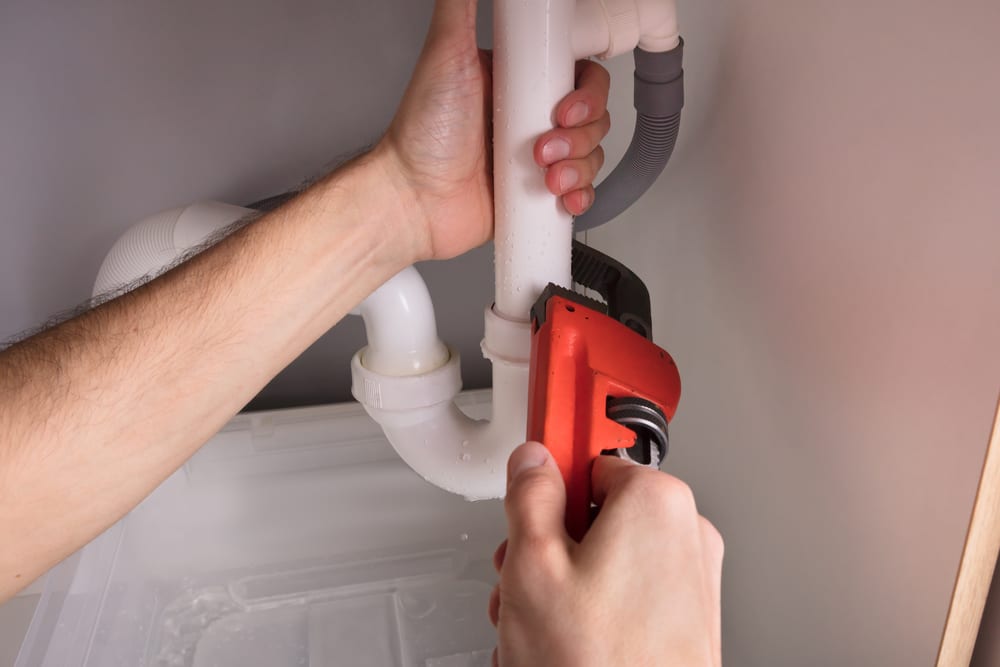 Plumbing Repair & Installation Services
Plumbing Repair & Installation Services
If the water in your sink or shower has a weird odor, this is a sign of a malfunctioning backflow prevention device. Give our team of licensed plumbers a call by phone at (484) 206-8594 to schedule a backflow inspection or test. In addition to providing backflow inspection solutions, our professionals offer other types of emergency plumbing services such as water heater repair, sump pump installation, drain cleaning, gas line replacement, sink installation, and garbage disposal repair.
Our team of certified technicians offers plumbing repair solutions in areas of Pennsylvania such as Drexell Hill, West Chester, Havertown, and Ardmore. Our team has the tools and knowledge necessary to repair reduced pressure zones, pressure vacuum breakers, and double check valves. Our plumbers are available to help you with a mild to severe backflow or other types of plumbing issues.
